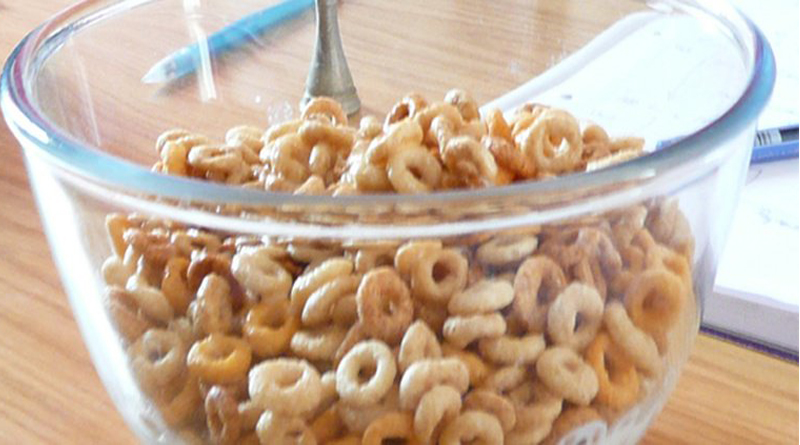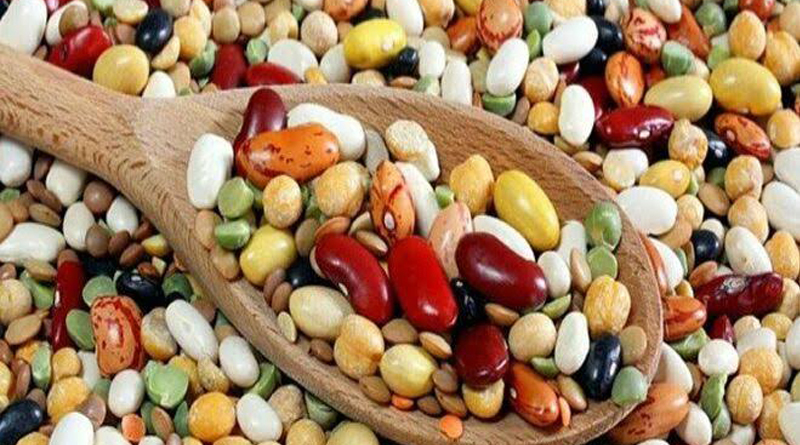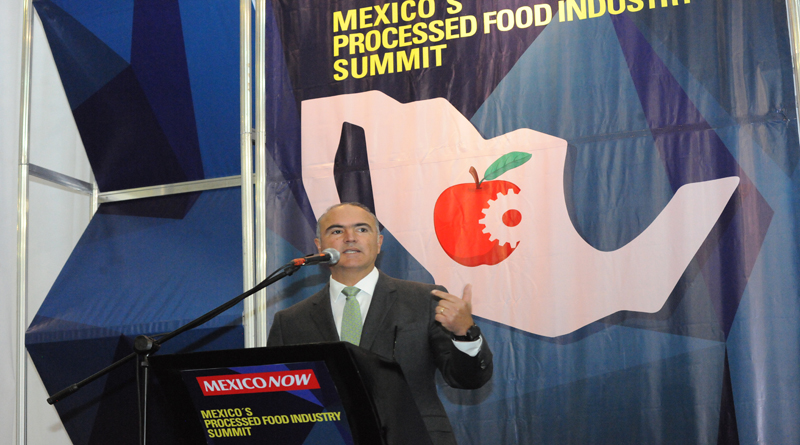Dive Brief:
U.S. consumers are increasingly scanning labels to check that products do not contain certain ingredients, such as gluten, GMOs, antibiotics, pesticides and allergens, according to Bloomberg. The trend is having a huge impact on how manufacturers source, prepare and package foods and beverages.
Sales of these “free-from” foods are expected to grow 15%, or $1.4 billion, between 2017 and 2022 — with the U.S. as the largest global growth market, according to Euromonitor data.
CPG companies are trying to deliver on consumer demand in this area, but are struggling to find the right approach that will revive slumping sales. “The health trend has been going for a while, but the challenge big packaged food companies have is how to make money out of it,” Bloomberg Intelligence’s Kenneth Shea said in a report.
Dive Insight:
Although there may be some missteps along the way, these investments in free-from foods are likely to pay off in the long run. Nielsen data shows free-from products are experiencing much higher growth than the rest of the food and beverage sector. Those labeled as antibiotic-free led the pack at almost 20% growth, soy-free saw a 19% jump, and hormone and antibiotic-free had 15% growth.
The gluten-free market in particular has been on the rise. Gluten-free labeling claims saw a 24% average annual growth rate between 2013 and 2017. That’s despite the 35% of U.S. consumers who don’t have any particular dietary reason to buy these products, a study from The Hartman Group found.
Oats are naturally gluten free, but are often contaminated with it through the fields where they are grown, the trucks in which they are transported, and the facilities where they are milled. General Mills spent five years building a sorting facility to try and ensure that not even a speck of gluten got into the 1 billion pounds of oats it uses each year to make Cheerios, Bloomberg reported. But just as the company was converting to gluten-free Cheerios, it recalled 1.8 million boxes of Cheerios and Honey Nut Cheerios made at a plant in Lodi, California, because they were contaminated with wheat.
One factor that could influence how well food and beverage makers cope with the free-from trend is whether they’re manufacturing products in their own facilities or using contract packagers. Since a number of larger firms — including TreeHouse Foods, Snyder’s-Lance, Dean Foods and Kraft Heinz — have recently closed plants to cut costs and streamline operations, they may turn to copackers. Some copackers might have expertise in making certain free-from products, so food makers could leverage that asset into more desirable label claims to boost sales.
There could be other incentives to enter the sector as well. About 84% of American consumers of free-from products said they believe such products are more natural or less processed, while about 43% said free-from foods are healthier, according to Mintel. As long as products sporting free-from labels continue to attract consumers — and potentially premium prices — food and beverage makers are going to continue to be interested in meeting demand, and search for innovative ways to do it.
Source: Food Dive










